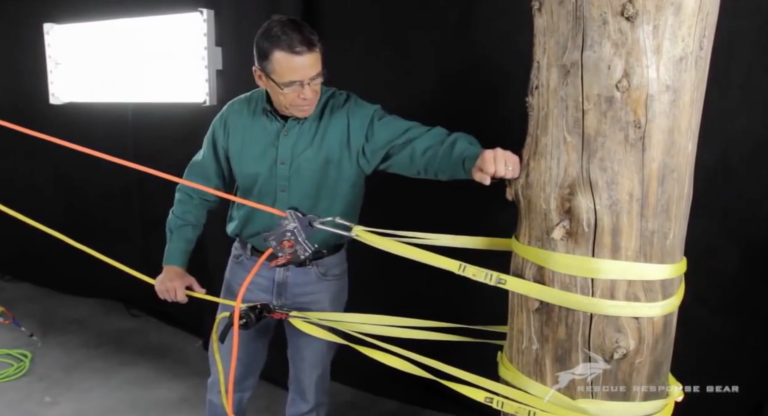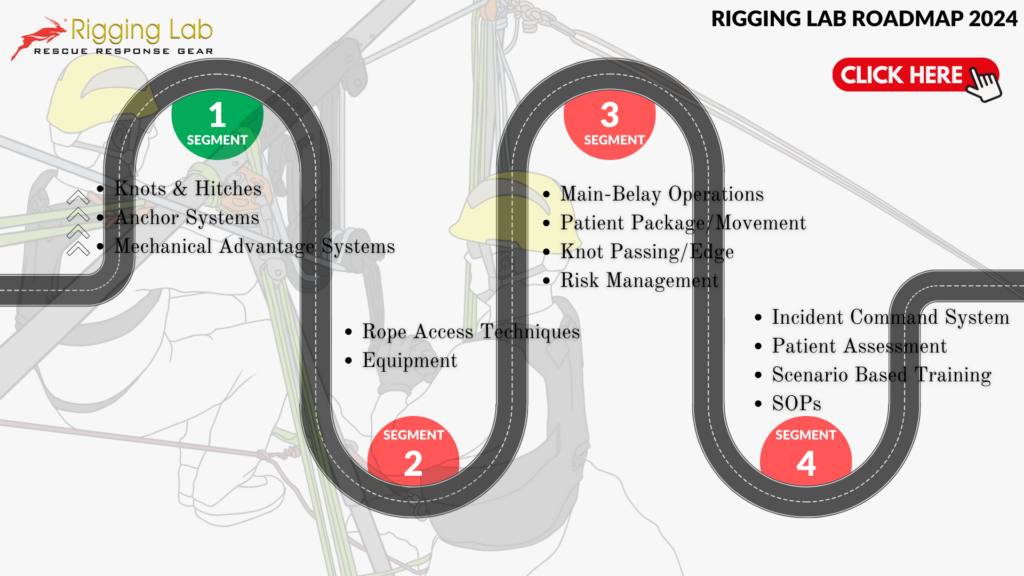Rescuers who work in technical rope rescue need to establish reliable and secure bombproof anchors to ensure the utmost safety in challenging situations. This means assessing the load capacity and placement of anchors, incorporating redundancy and anchor equalization, regularly checking for anchor integrity, and anticipating dynamic forces. In this blog post, we will discuss these six critical considerations in detail to help you establish bombproof anchors and maintain a high level of safety during rescue operations.
Load Capacity:
When it comes to establishing bombproof anchors, load capacity is a top consideration. It’s critical to assess and understand the anticipated loads during the rescue operation. The bombproof anchors must have substantial load capacity to handle the forces involved. Failure to perform proper load capacity assessment can lead to catastrophic consequences.
Anchor Placement:
The placement of anchors is another key consideration when establishing bombproof anchors. It’s vital to carefully choose anchor locations based on their structural integrity. When placing an anchor, consider looking for natural features and structural elements that can withstand the intended loads. Additionally, designated anchor points are an excellent option for ensuring structural stability and integrity.
Redundancy:
Redundancy is a crucial factor in establishing bombproof anchors. Using multiple bombproof anchors ensures that if one anchor were to fail, the others would provide a safety backup, maintaining the integrity of the system. Proper redundancy is essential to minimize the overall risk and improve the safety of rescuers and those being rescued.
Anchor Equalization:
Distributing the load evenly across multiple bombproof anchors is critical to preventing one anchor from bearing the full force and minimizing the risk of failure. There are several techniques to employ to ensure proper anchor equalization, and they all aim to create a balance and mitigate any concentration of forces.
Anchor Integrity:
Regularly inspecting and testing the anchors for signs of wear, damage, or degradation is vital for maintaining bombproof anchors’ structural integrity. Bombproof anchors should maintain their structural integrity and strength. Any concerns regarding anchor deterioration or damage should prompt immediate reassessment.
Dynamic Forces:
Anticipating dynamic forces during the rescue operation, such as sudden movements or shock loads, is an essential consideration. Bombproof anchors must be designed to handle not only static loads but also dynamic forces without compromising safety. Regular testing and simulations help determine how well the anchors would handle dynamic forces.
Anchor Type and Material:
Selecting the appropriate anchor type and material is a critical consideration for establishing bombproof anchors. The anchor type and material should be suitable for the specific environment and conditions of the rescue operation. For example, selecting an anchor appropriate for rock may not work in a different type of environment and vice versa.
Conclusion:
Properly establishing bombproof anchors in technical rope rescue operations is essential to ensure the safety of rescuers and those being rescued. In summary, essential considerations include load capacity assessment, anchor placement, redundancy, anchor equalization, anchor integrity, dynamic forces, anchor type, and selecting the appropriate material. Maintaining a high level of safety in rope rescue operations involves continually investing in training, ensuring equipment is up-to-date, and using reliable techniques and methods. At the end of the day, proper safety measures keep rescuers safe and help ensure a successful rescue operation.
Peace on your Days
Lance










